Catching up on Non-Fiction
This post catches us up on recent non-fiction I've read or started.
The Climate Book
Greta Thunberg, 2022
I haven't been able to read this yet; it sits on the shortlist shelf accusing me. It's right next to Ministry for the Future by Kim Stanley Robinson.
Thunberg's book is a collection of original short essays solicited by her from a wide variety of authors. It looks pretty good.
Robinson's is fiction that posits a near-future world where things have continued going the direction they're going, and he imagines the rise of an international body which has the authority to bring lawsuits on behalf of future generations. I couldn't get past more than 100 pages or so because it was bringing me down, but Geoff McGhee says it turns a corner and becomes optimistic.
Tiny thumbnails here because I haven't really read these.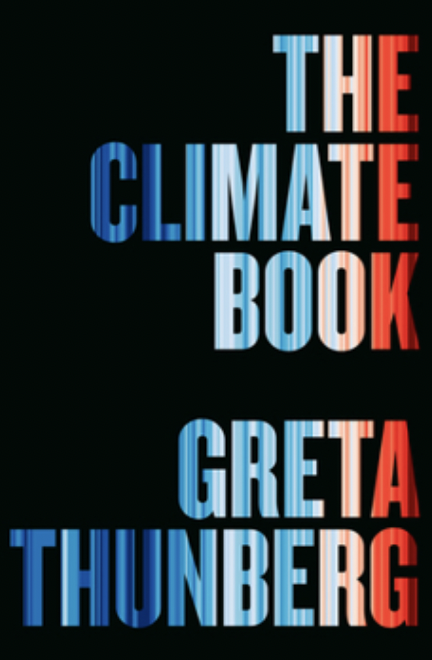
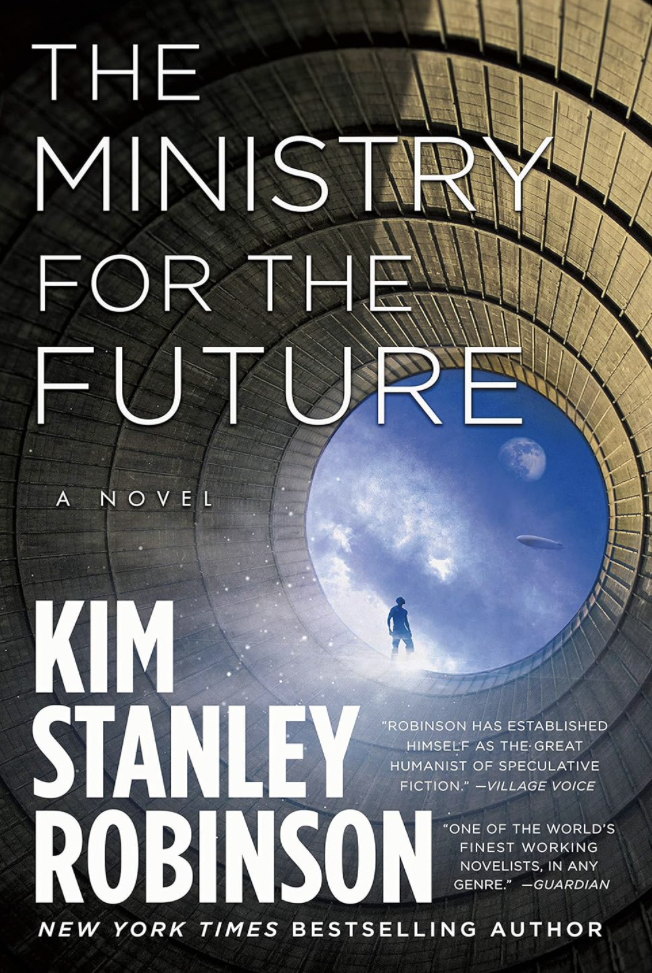
The Quantum Handshake
John Cramer, 2015
I can't stop myself from telling all the physics people I know about this one, because the Copenhagen Interpretation drives me up the wall.
I learned about John Cramer because he writes a non-fiction physics column titled "The Alternate View" for the bi-monthly science-fiction magazine "Analog". 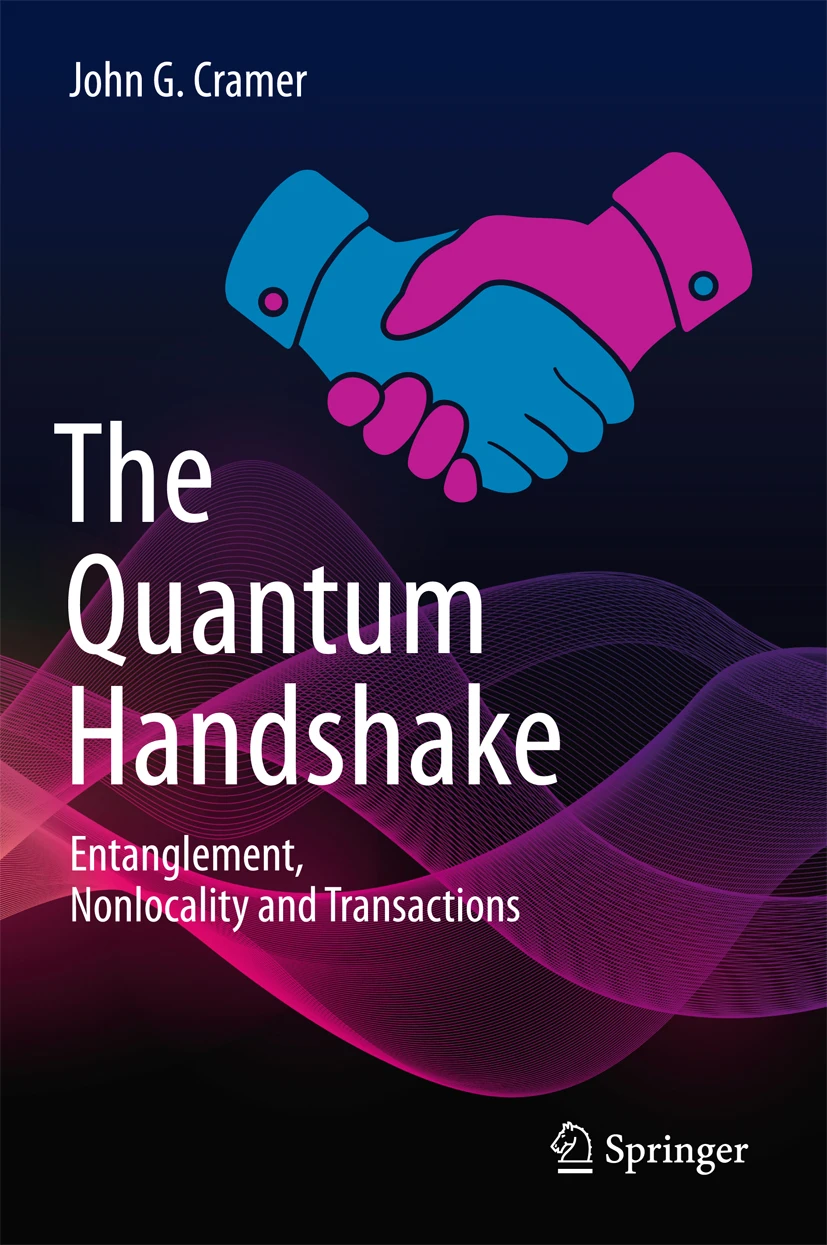 He usually presents extremely recent developments in various departments of physics, and it's written at the right level for me. He's a professor here at the University of Washington. In The Quantum Handshake Cramer presents his "Transactional Interpretation" of quantum mechanics, which is in contrast to the most famous "Copenhagen Interpretation". Cramer is at pains to explain that both are merely interpretations, and not actual differences in math, altho I have to take his word for that.
To me, the Transactional Interpretation seems pretty similar to Pilot Waves, where there's a true wave of some sort which undergoes wave-like behavior like diffraction and interference which then "pilots" a particle to its destination. The problem with this is of course locality. Cramer's take is that there are two waves: one an "offer" wave which propogates normally, traveling an arbitrary amount of distance (and time) until it hits some particle which accepts the offer and then emits an "acceptance" wave which travels backwards in time, thus arriving at the origin at the same moment the offer wave is emitted. These waves undergo the usual wave-like effects and the actual particle follows them. .. At least that's my understanding. Cramer's claim is that this tidily explains all the "Spooky action at a distance" experiments including the Afshar Experiment. (He talks about Afshar 2 in a blog post) Whether you buy Cramer's Interpretation or not, this is an excellent reference for an overview of the history of quantum mechanics and a detailed summary of just about every Spooky Action type conundrum out there. Well worth reading, altho priced nearly as dear as textbooks.
He usually presents extremely recent developments in various departments of physics, and it's written at the right level for me. He's a professor here at the University of Washington. In The Quantum Handshake Cramer presents his "Transactional Interpretation" of quantum mechanics, which is in contrast to the most famous "Copenhagen Interpretation". Cramer is at pains to explain that both are merely interpretations, and not actual differences in math, altho I have to take his word for that.
To me, the Transactional Interpretation seems pretty similar to Pilot Waves, where there's a true wave of some sort which undergoes wave-like behavior like diffraction and interference which then "pilots" a particle to its destination. The problem with this is of course locality. Cramer's take is that there are two waves: one an "offer" wave which propogates normally, traveling an arbitrary amount of distance (and time) until it hits some particle which accepts the offer and then emits an "acceptance" wave which travels backwards in time, thus arriving at the origin at the same moment the offer wave is emitted. These waves undergo the usual wave-like effects and the actual particle follows them. .. At least that's my understanding. Cramer's claim is that this tidily explains all the "Spooky action at a distance" experiments including the Afshar Experiment. (He talks about Afshar 2 in a blog post) Whether you buy Cramer's Interpretation or not, this is an excellent reference for an overview of the history of quantum mechanics and a detailed summary of just about every Spooky Action type conundrum out there. Well worth reading, altho priced nearly as dear as textbooks.
The Poincare Conjecture
Donal O'Shea, 2007
According to my scrawl on the title page I first read this back in 2007 in Buenos Aires (With Michelle and Sarah!) but I think I wasn't paying as much attention to all of it back then because there was a lot which was new to me. This book was published soon after Grigory Perelman 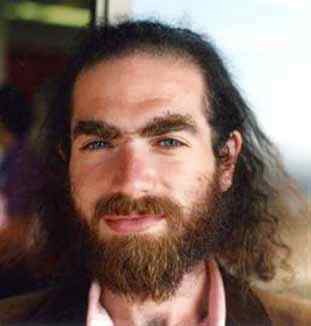 proved the extremely famous Poincare Conjecture which was authored by the legendary mathemetician Henri Poincaré in 1904.
proved the extremely famous Poincare Conjecture which was authored by the legendary mathemetician Henri Poincaré in 1904. 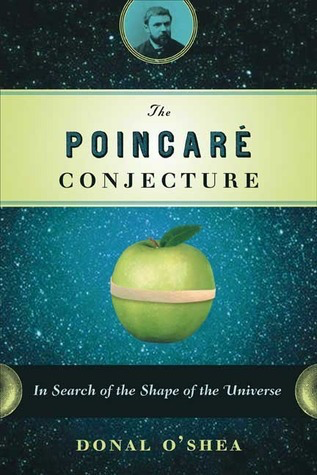 The Conjecture is a topological one, and says that every 3-manifold which is closed and simply connected is topologically equivalent to the 3-sphere. The history of the conjecture is fairly well published at this point. O'Shea's book goes through a history of Topology starting from the ancient greeks, and dwelling on Euclid's 5th postulate. This was pretty good reading for me. In more recent mathematical history tho the reading was less rewarding, I think because the concepts are way beyond a layperson's grasp so time and again we're asked to just take it on faith that such-and-such a result was astounding, world-changing, etc. I felt especially let-down that the book is subtitled "In Search of the Shape of the Universe" but this particular topic gets barely a couple paragraphs in the modern era. .. Because there's nothing to say about it yet. The universe sure looks like flat Euclidean 3-space. O'Shea asserts that no serious scientists believe this, but gives no citations for this claim. I did learn that the search for direct evidence of a wrap-around universe is a thing and it's called Cosmic Crystallography - doesn't even have a wikipedia entry at this time!
The Conjecture is a topological one, and says that every 3-manifold which is closed and simply connected is topologically equivalent to the 3-sphere. The history of the conjecture is fairly well published at this point. O'Shea's book goes through a history of Topology starting from the ancient greeks, and dwelling on Euclid's 5th postulate. This was pretty good reading for me. In more recent mathematical history tho the reading was less rewarding, I think because the concepts are way beyond a layperson's grasp so time and again we're asked to just take it on faith that such-and-such a result was astounding, world-changing, etc. I felt especially let-down that the book is subtitled "In Search of the Shape of the Universe" but this particular topic gets barely a couple paragraphs in the modern era. .. Because there's nothing to say about it yet. The universe sure looks like flat Euclidean 3-space. O'Shea asserts that no serious scientists believe this, but gives no citations for this claim. I did learn that the search for direct evidence of a wrap-around universe is a thing and it's called Cosmic Crystallography - doesn't even have a wikipedia entry at this time!
Realtime Rendering, Fourth Edition
Tomas Akenine-Möller et al, 2018
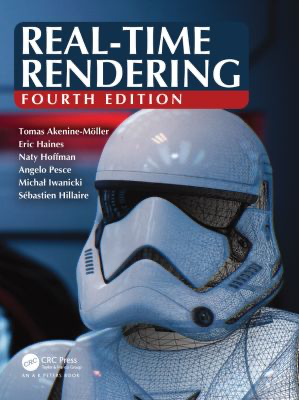 I actually read nearly every page of this large textbook! It took about a year, and I didn't verify each equation, but it was a great overview of techniques. If you want to brush up of quaternions, the BRDF, contemporary rasterization, GPU architecture etc, this is an excellent resource. Of course, by the time you're reading this all that junk will be hopelessly outdated in the face of AI based rendering, but it's fun to read about how things were done in the olden times.
I will say that this book was also sort of depressing, to see how much intense academic energy has been and continues to be poured into high-fidelity realtime graphical rendering, almost exclusively for purposes of shoot-em-up games. The cover of the book pretty much says it all. Isn't there something sweeter we could be doing ?
I actually read nearly every page of this large textbook! It took about a year, and I didn't verify each equation, but it was a great overview of techniques. If you want to brush up of quaternions, the BRDF, contemporary rasterization, GPU architecture etc, this is an excellent resource. Of course, by the time you're reading this all that junk will be hopelessly outdated in the face of AI based rendering, but it's fun to read about how things were done in the olden times.
I will say that this book was also sort of depressing, to see how much intense academic energy has been and continues to be poured into high-fidelity realtime graphical rendering, almost exclusively for purposes of shoot-em-up games. The cover of the book pretty much says it all. Isn't there something sweeter we could be doing ?